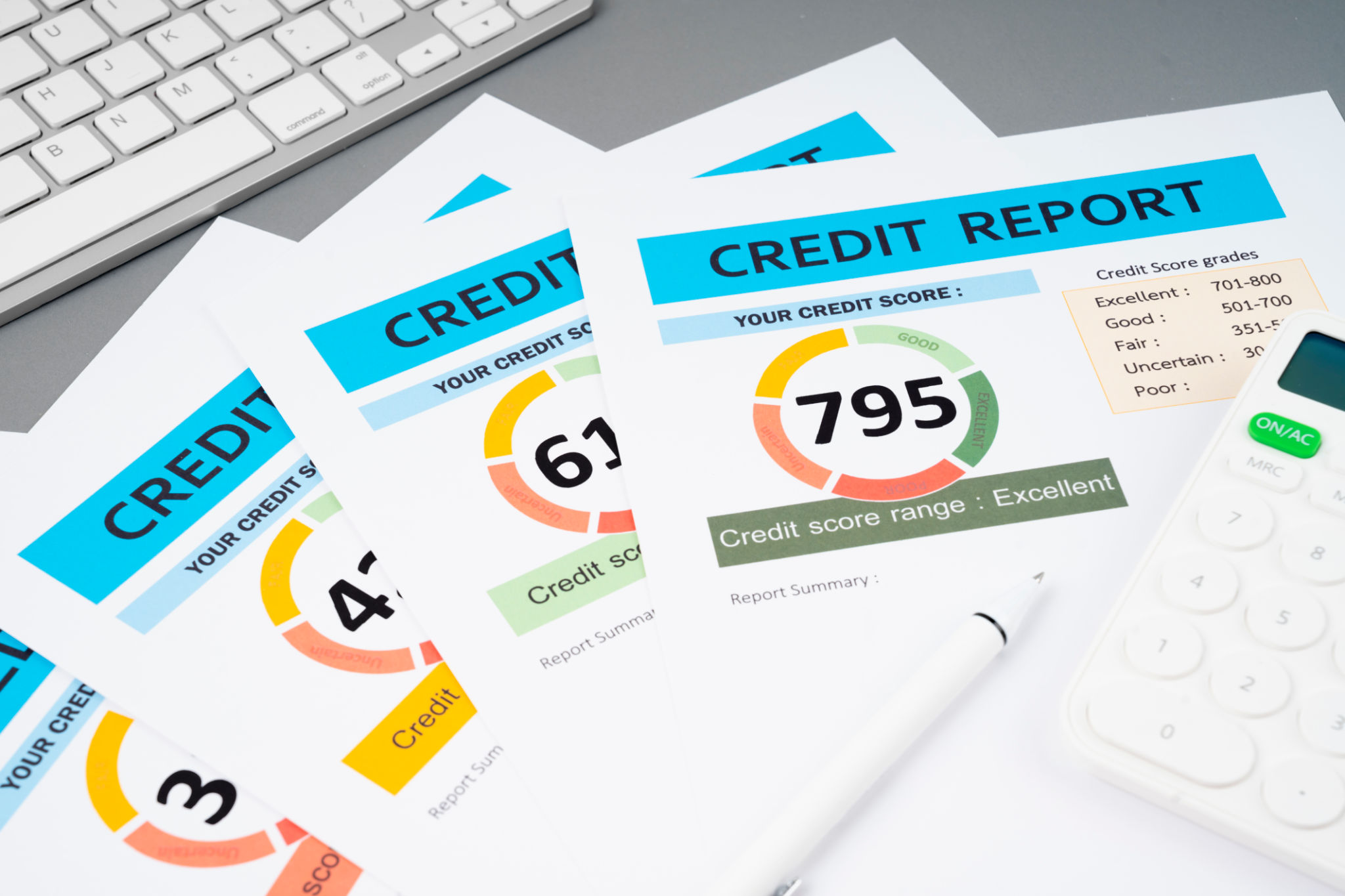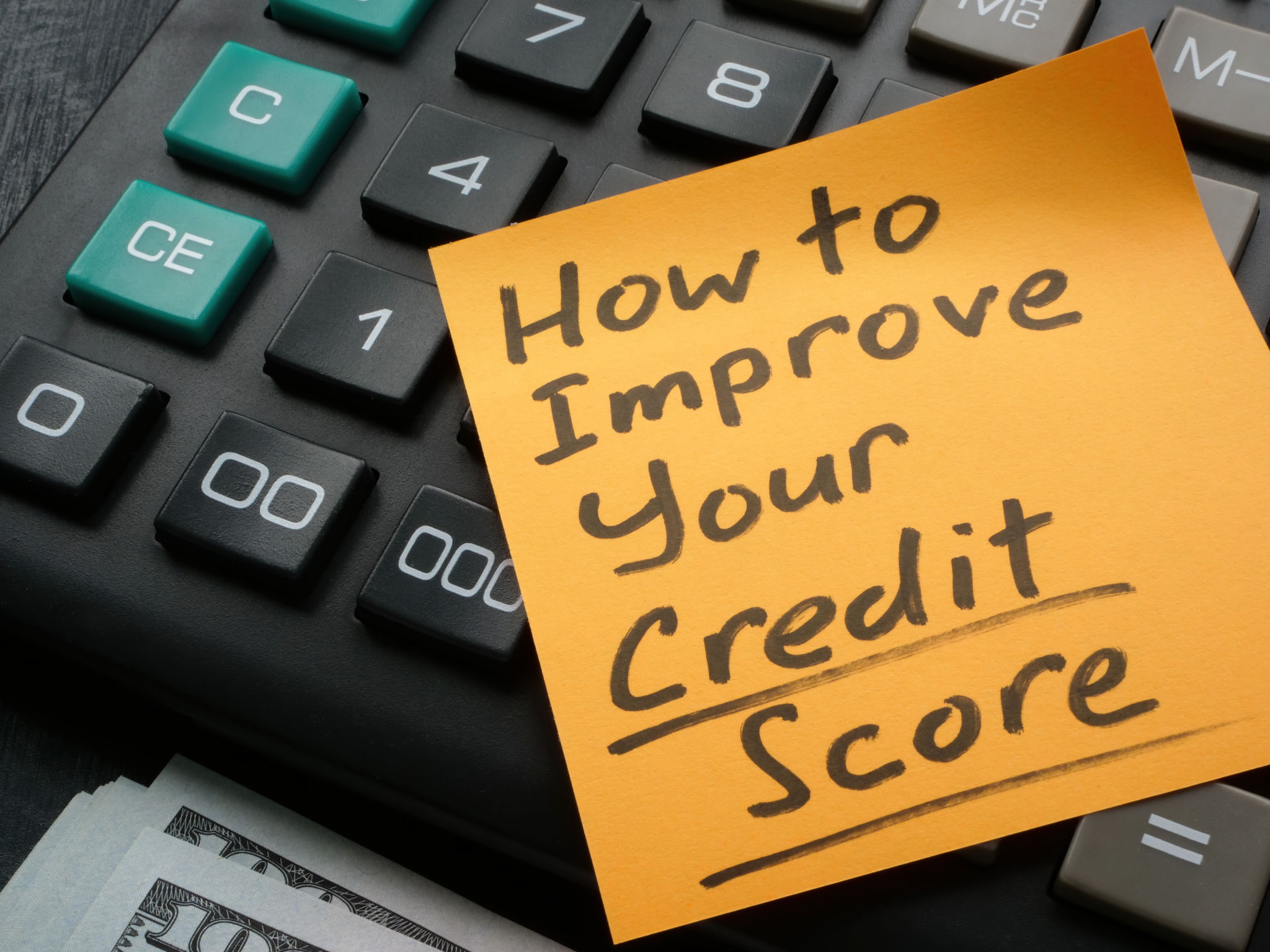DIY Credit Repair: Step-by-Step Guide to Boost Your Credit Score
Understanding Your Credit Score
Before diving into DIY credit repair, it's crucial to understand what a credit score is. Your credit score is a numerical representation of your creditworthiness, influencing your ability to secure loans, credit cards, and even renting an apartment. Generally, scores range from 300 to 850, with higher scores reflecting better credit health.
Credit scores are calculated based on factors such as payment history, credit utilization, length of credit history, new credit inquiries, and types of credit used. Understanding these components is the first step toward improving your score.

Checking Your Credit Report
The next step in repairing your credit is obtaining your credit report. You are entitled to one free report annually from each of the three major credit bureaus: Equifax, Experian, and TransUnion. Visit annualcreditreport.com to access your reports.
Once you have your reports, scrutinize them for errors. Common mistakes include incorrect personal information, accounts that aren't yours, or outdated negative information. Identifying these errors is key to starting your DIY credit repair journey.
Disputing Errors
If you find errors on your credit report, you need to dispute them with the credit bureau. Write a letter explaining the error and provide copies of any supporting documentation. The bureau typically has 30 days to investigate your claim. Upon a successful investigation, the error should be corrected, potentially boosting your score.

Paying Down Outstanding Debts
One of the most effective ways to improve your credit score is by reducing outstanding debts. Start by focusing on high-interest debts first, as they're more costly over time. Consider using the snowball method—paying off smaller debts first to build momentum and confidence.
Ensure you make at least the minimum payment on all debts to avoid late fees and additional negative impacts on your score. Consistent payments reflect positively on your credit report.
Lowering Credit Utilization
Your credit utilization ratio—how much you owe compared to your credit limit—plays a significant role in determining your score. Aim to keep this ratio below 30%. If possible, request a credit limit increase but avoid increasing spending.

Building Positive Credit Habits
Establishing positive credit habits is crucial for long-term success. Set up automatic payments to ensure bills are paid on time. Consider becoming an authorized user on a responsible person's account to benefit from their good credit behavior.
Additionally, diversifying your types of credit can also help. Responsible use of different credit forms like installment loans and revolving credit shows lenders you're capable of managing various debt types.
Monitoring Your Progress
Finally, regularly monitor your credit score and report to track improvements and catch potential issues early. Many financial institutions offer free credit score tracking as part of their services.
Remember, repairing your credit is a marathon, not a sprint. With patience and persistence, you can boost your credit score and secure a brighter financial future.
